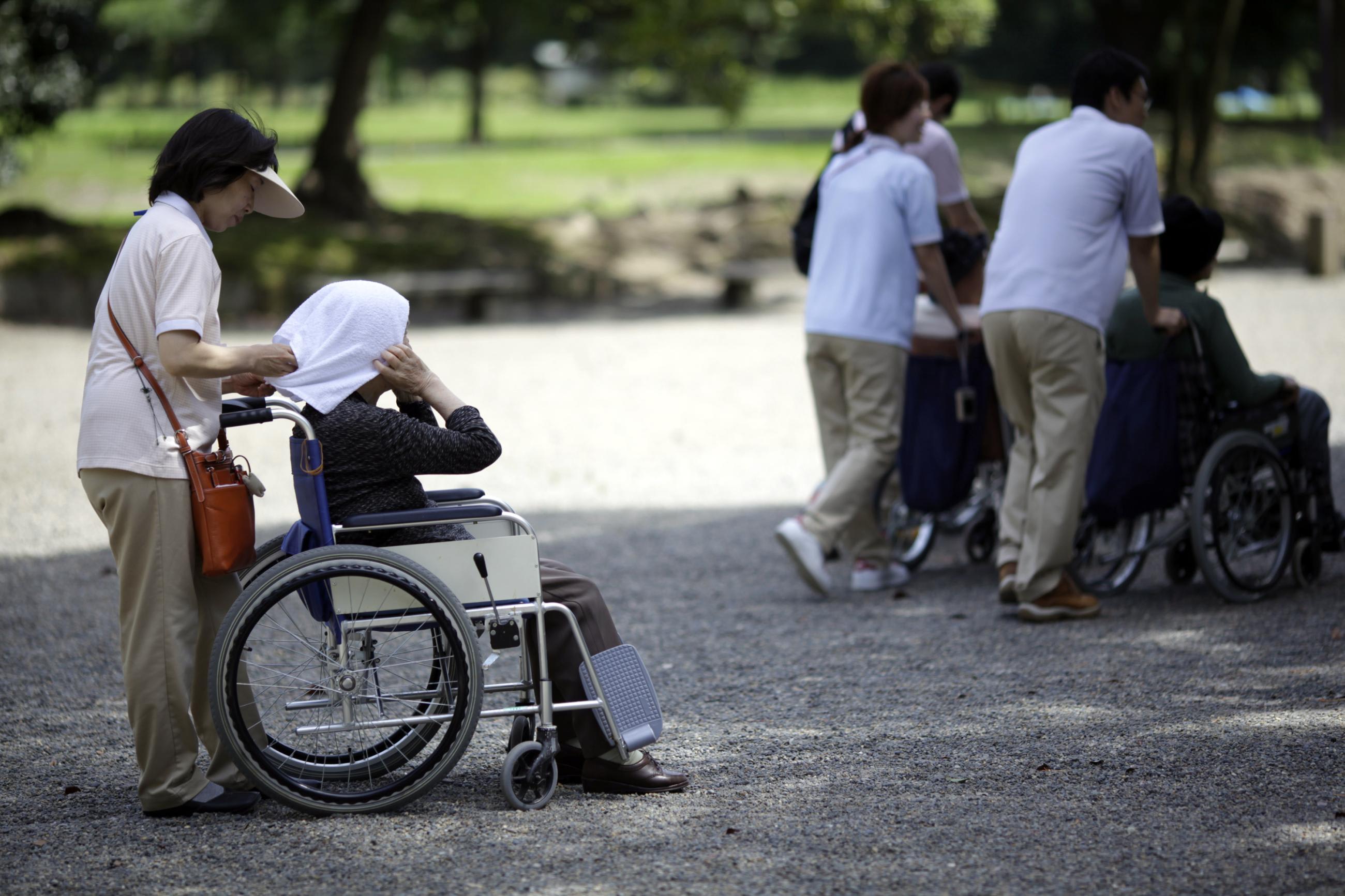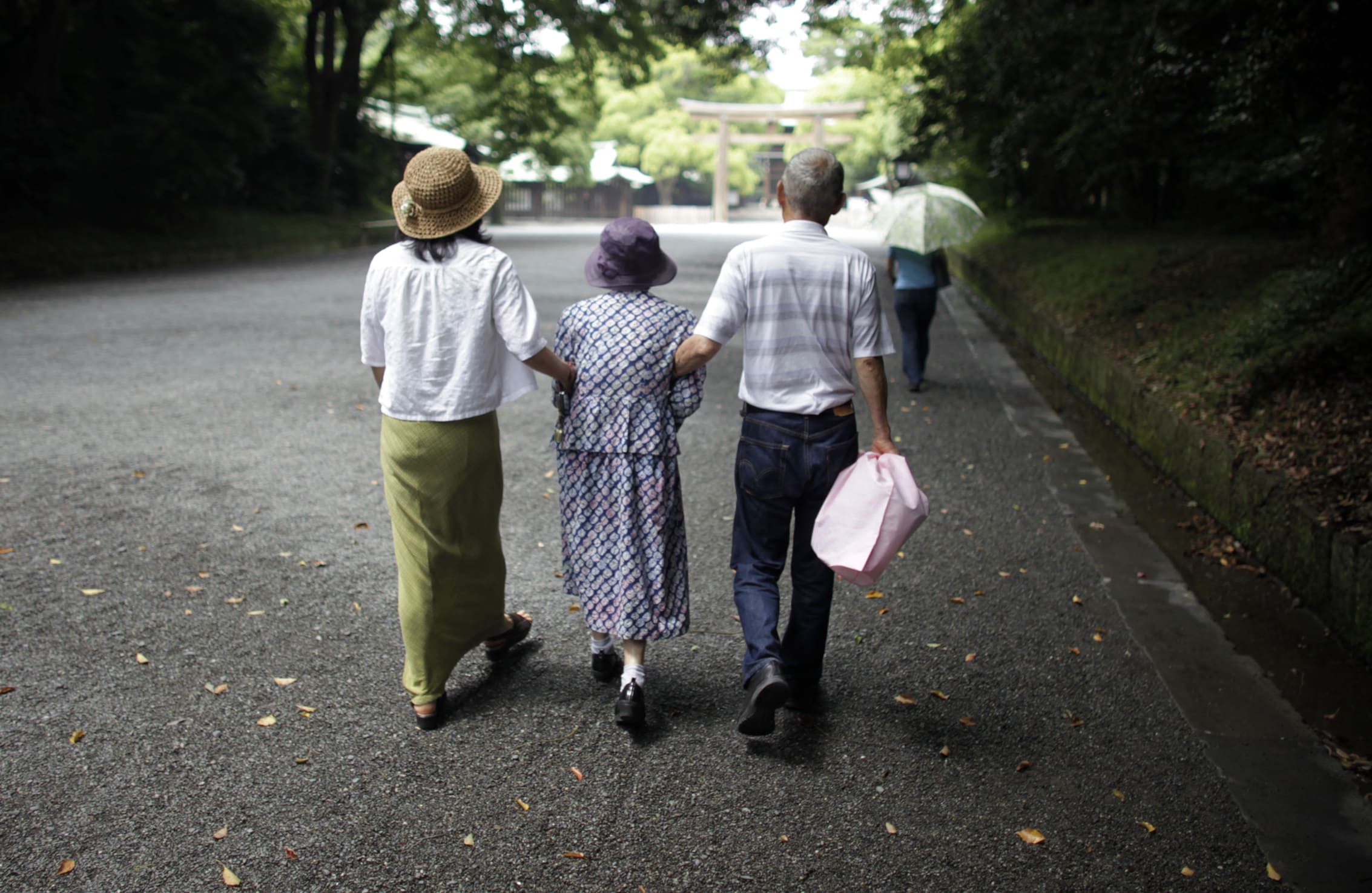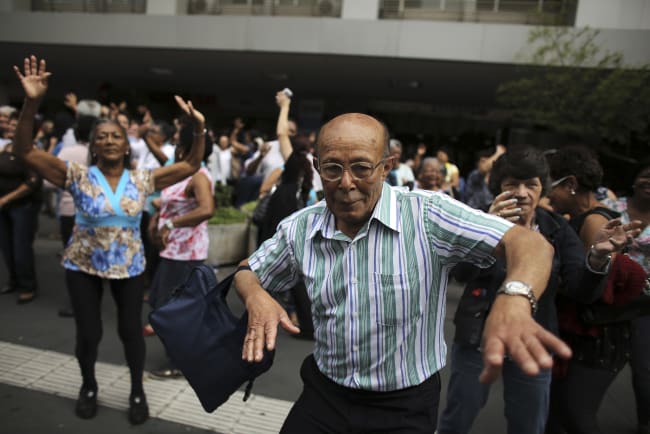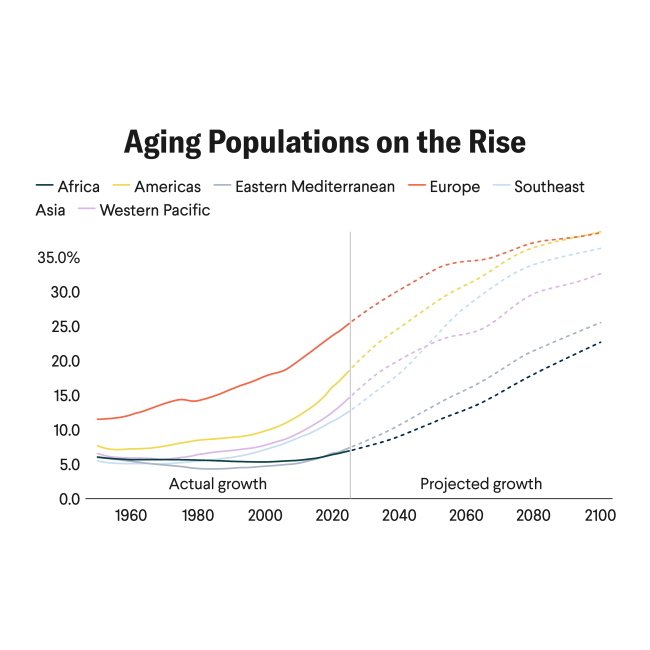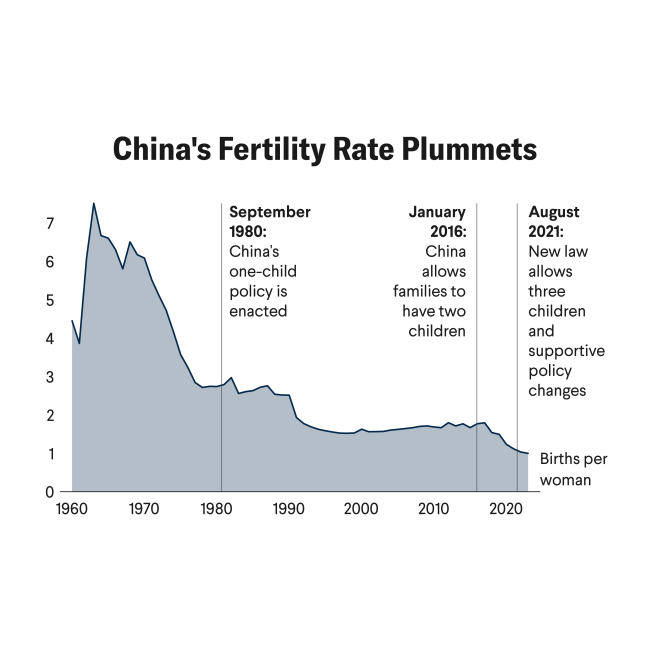In Japan's Kanagawa Prefecture, just south of Tokyo, one in four residents is older than sixty-five—and that's the youngest the population will be for a long while to come. By 2050, it will be a society with significantly more old than young.
When Yuji Kuroiwa was elected governor of the prefecture in 2011, he faced the daunting realization that the area had one of the highest shares of elderly people in the country. It's a reality that policymakers around the world must grapple with.
Now, more than a decade later, Kuroiwa has a record of embracing innovating and a model for building a positive future for an aging society. At a roundtable event this fall, Kuroiwa spoke about fostering innovation to meet the needs of an aging population.
Only 13 percent of older adults there require long-term care, a far lower proportion than Japan's 20 percent average
Take the Wakabadai Housing Complex, for example: built in the 1970s as public housing for families, it has evolved into a community with an average age of seventy. The complex offers an array of senior supports, such as welfare ambassadors and 24/7 assistance for everything from a lost key to a subsidized, direct line to the local hospital. It has significantly invested in social engagement, creating a senior-run local meal service in an unused community center that offers everything from discounted supplies to financial and legal services. Additionally, it is actively courting younger families with trial leases and childcare benefits to create a multigenerational community. As a result, only 13 percent of older adults there require long-term care, a far lower proportion than Japan's 20 percent average.
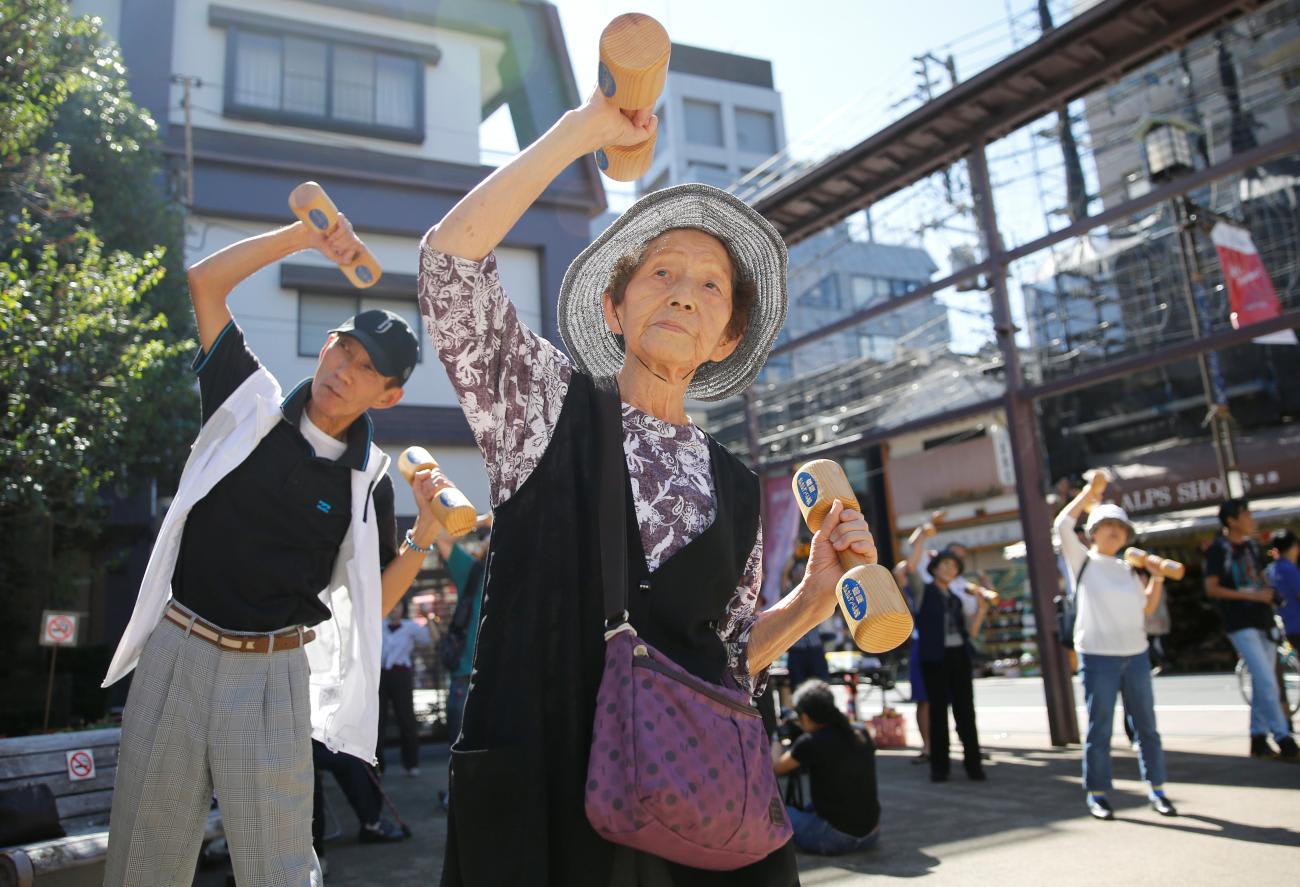
Kanagawa residents are tending to work into older age brackets, so the government has also encouraged companies to appoint chief health officers to support healthy habits in the workplace. By implementing preventive health strategies such as adult vaccinations, cardiovascular screenings, healthy eating, and group exercises, these officers can improve worker efficiency, increase satisfaction, and reduce health-care costs. Companies throughout the prefecture have helped workers quit smoking, exercise more, and learn about healthy eating. At the Minami-kanto branch of the communications company KDDI, for example, health officer–organized mental health counseling sessions, regular yoga and stretching classes, health and sanitation seminars, and an annual sports festival for employees. Walking events organized by the officer have drawn more than 1,500 participants.
Kanagawa Prefecture has also nurtured innovations it will need to further improve the lives of its older citizens. The Kawasaki Innovation Gateway Skyfront houses dozens of organizations working in the fields of health, welfare, and environment. The government has given the area special designations to help it bring products to market. The zone includes organizations such as the Innovation Center of NanoMedicine, which aims to create novel treatments for refractory diseases, and Braizon Therapeutics, a startup focused on cracking the blood-to-brain barrier to improve drug delivery to the central nervous system, among others.
According to ME-BYO, people are not absolutely healthy or sick but instead always somewhere between the two extremes
What connects all these initiatives is the concept of ME-BYO, which is rooted in traditional Eastern medicine and proposes that health is a spectrum. According to ME-BYO, people are not absolutely healthy or sick but instead always somewhere between the two extremes. Anything that affects a person's life affects their health, and the focus of healers should be to maintain functional ability rather than elude disease.
Kuroiwa married this ancient wisdom with the high-tech future he is aiming for by enshrining the concept in policy. For example, the School of Health Innovation was built specifically to "realize the new concept of health 'ME-BYO,'" by training future researchers, policymakers, business leaders, and public administrators in science and technology, health care, public policy, and business to advance Japan's quest for healthy aging.
"We are trying to integrate the concept in new technologies, such as genomics, regenerative medicine, big data solutions and robotics," Kuroiwa said in an interview. "The policy package aims to stimulate economic growth with what we call the 'ME-BYO industry'."
Whether it's by embracing ME-BYO or in some other way, Western policymakers must ditch yesterday's notions about old age and instead embrace the innovation needed to ensure healthy aging for all.
